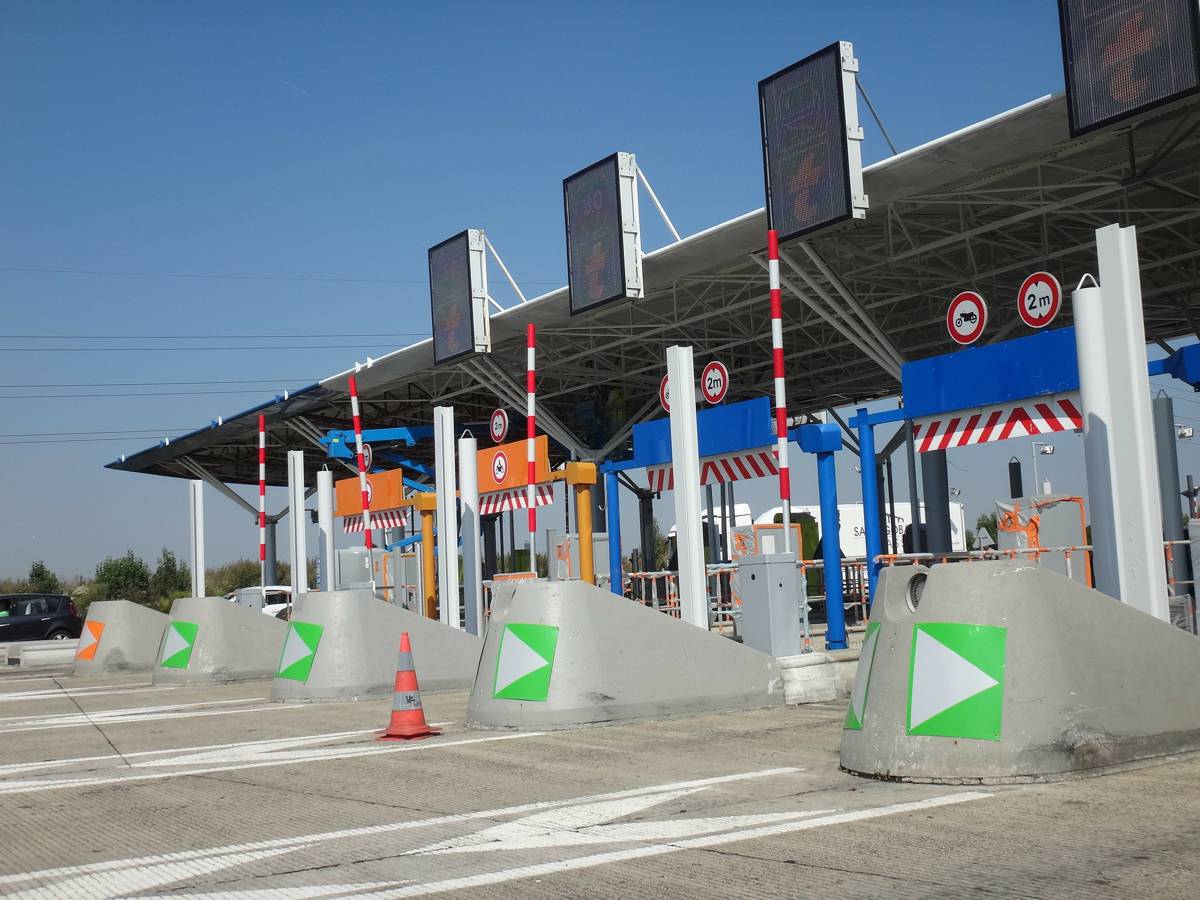Key trends propelling global electronic toll collection into 2027
Rapid urbanization, coupled with the rising adoption of smart transportation systems, will give the global electronic toll collection (ETC) market a commendable boost over 2021-2027.
Additionally, increasing introduction of favourable government initiatives and heightened product consumption, to address problems related to road maintenance worldwide, will also support the demand for ETC systems.
Every day, more and more number of people are gaining awareness about the benefits of electronic toll collection, including its capability to reduce the chances of accidents by aiding traffic mobility as well as its ability to improve environmental impact.
For example, the Japanese government, in November 2020, announced the replacement of manual toll collection facilities with ETC systems due to the COVID-19 outbreak among tool collectors. This system helps in-vehicle devices pay tolls automatically and enhances operational efficiency, thereby elevating customer experiences and providing flexibility in transitioning to a new interoperability standard.
As per Global Market Insights, Inc. estimates, the global electronic toll collection market (ETC) market size is expected to exceed $10 billion by 2027.
Following are some of the key trends that would be playing a major role in fostering ETC market expansion by 2027:
1. Increasing smart city initiatives
Electronic toll collection systems have been gaining widespread adoption across developed and developing nations. Recently, Pikepass of Oklahoma Turnpike Authority has become the first electronic toll collection system in the United States. The system can electronically debit the accounts of the registered car owners without the need to stop, resulting in low congestion near toll plazas.
There has been an burgeoning need for infrastructural improvements in developing countries like India. The conventional toll collection systems create issues such as long queues, which is especially problematic in densely-populated countries like India and China. With an aim to overcome these challenges, the several developing like India have been focusing on implementing automated toll collection systems using GPS.
The case for intelligent traffic management solutions has further been made by the increasing mobility challenges in urban areas. Consequently, to improve the safety and performance of the traffic infrastructure, governments have been turning to technology.
In fact, the challenges posed by traffic congestion, inadequate parking spaces, and poor road safety are projected to result in a plethora of product innovation activities. Which in turn would impel the overall electronic toll collection market expansion over the forecast spell.
2. Rising focus on ensuring smooth operation of smart city infrastructure
In terms of segmentation by technology, the video analytics segment is likely to hold a considerable share over the forthcoming years. This is attributable to the rising need for security of the ETC systems. The integration of this technology into the system enables efficient detection of vehicles that enter or exit the toll plaza. The segmental growth will further be bolstered by the technology’s capability to play a key role in automatically ensuring traffic flow on highways, decreasing workforce requirements, and analyzing the video.
Meanwhile, with regards to type, the global electronic toll collection system market from the violation enforcement system (VES) segment will gain remarkable traction. This would be owing to the rapid adoption of VES in electronic tolling systems to identify and monitor toll evasion by commuters. Additionally, violation enforcement cameras also deliver the added capability to detect fault within the ETC systems, making it a crucial aspect of the complete infrastructure.
3. High emphasis on reducing carbon footprint in Europe
On the regional front, the Europe electronic toll collection (ETC) market is set to depict a commendable growth rate in the foreseeable future. This can be credited to the strong government focus on reducing carbon footprint and leveraging digital technologies.
The regional market trends will further be fostered by the shifting preference from manual toll collection to digital toll systems. This is because the latter help alleviate traffic congestion, reduce air pollution, and improve public health. The in fact, it is speculated that the use of the ETC system is likely to save fuel consumption by approximately 4.1 million liters and lower emissions by over 730.89 tons in the region.
Major electronic toll collection (ETC) industry participants include TransCore, Thales Group, FEIG ELECTRONIC GmbH, Jenoptik AG, Tecsidel, S.A., Cubic Corporation, EFKON GmbH, and Kapsch TrafficCom, among others.
These companies are incorporating varied strategies such as new product launches and business expansion to sustain their market share. For instance, in April 2021, Star Systems International launched a new windshield & headlamp tolling transponder, Zenith, which is expected to gain adoption in electronic toll collection and other applications.




















